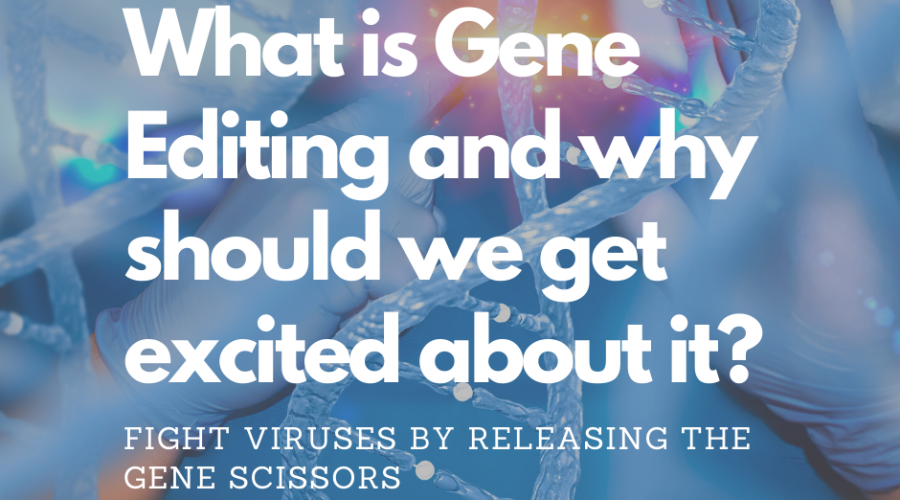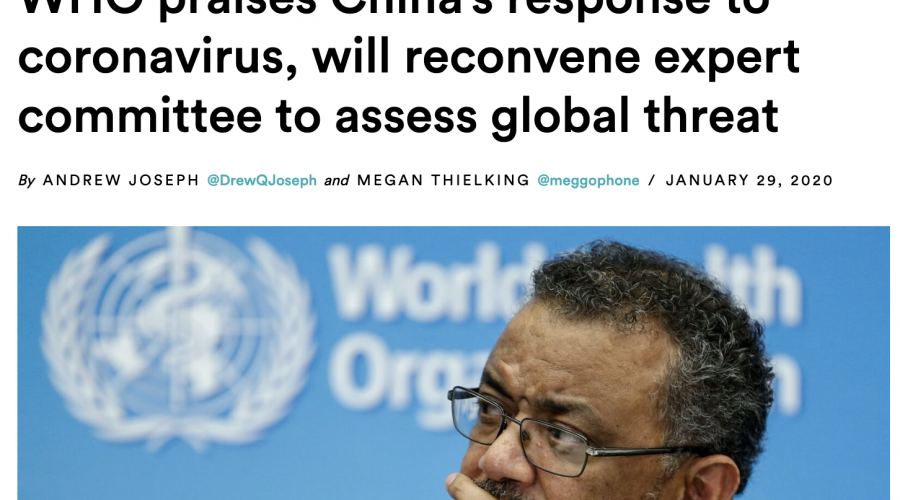What we should be thankful for: A CORONA SELF HELP GUIDE
The last couple of weeks were probably some of the strangest times in most of our lives. Only few of us have seen such a massive restriction of travel and social life prior to the coronavirus. Even as an aviation geek and frequent traveler, the grounding of entire fleets of planes is something I haven’t even seen in the aftermath of 9/11.
Physical business meetings, conferences, or sports events seem to be off for at least the next six to eight weeks. It is probably only a matter of time until most countries close down gyms and pubs. This will not only be a challenge for the economy but also for our social lives. Keeping up morale and mental health will be important and I figured out that regular but very casual video chats with friends and colleagues (over a drink) can help a lot to ease the anxieties built up by media hysteria and the feeling of not being in control of the situation (helplessness).
So while we are all trying to adjust to a new reality for the next 6-10 weeks there are also reasons why I am very happy that this crisis happens in 2020 and not in 2000. There are many innovations that happened in this new millennium we should be extremely thankful for.
First and foremost we should of course be thankful for all the nurses and doctors helping patients at the frontlines of the outbreak. This will be some challenging months for all healthcare professionals and they should receive all necessary support.
And before diving into medical innovation and the search for a vaccine let’s look who else is helping us to social distance, self-isolate, and flatten the curve.
Remote working tools such as Zoom, Asana, or Google Suite have already revolutionized the workplace. Most meetings can be switched to a video call. So at least the knowledge economy or advocacy jobs such ours can still keep being productive. But obviously there’s also life beyond work and that needs to be taken care of (including child care).
Thanks to grocery delivery services such AmazonFresh and Ocado I was able to build up a good amount of supplies of canned and dried foods and bathroom supplies even without having to fight for the last products in some nearly empty supermarkets. For the next few weeks we have regular deliveries of fresh foods so I won’t run fully on Mac n Cheese until corona is defeated.
Food delivery services make it even easier to work from home, still create value, and being fed by Papa John’s, Nando’s, or our local Indian restaurant. Domino’s Pizza went even further and just sent me an email announcing ‘Contact Free Delivery’ in the UK and Ireland:
“By introducing Contact Free Delivery, we believe that we will give our customers peace of mind when ordering a Domino’s, while also protecting our delivery drivers.
You can select a Contact Free Delivery at the checkout on our app or website when placing your order. Your driver will call you when they arrive to agree where you want your food left. Once the order has been placed in the agreed location, the driver will stay at least two meters away while you collect your order. To ensure the service is truly contact free, all Contact Free Delivery orders must be pre-paid online or over the phone.”
Having taken care of all the pizza and toilet paper I need for the foreseeable future it is now time to look at what entertainment needs will be important. Netflix and Amazon stream directly into my living and as my colleague Maria pointed out “It’s a plague with WiFi”. So no need to go to the defunct video rental store but be excited to stream all seasons of Buffy (and if this goes longer than expected even Angel) directly into your home.
My gym just emailed me that they had a case of COVID-19 and they are currently shut down for deep cleaning. Good that Kelli and Daniel of Fitness Blender have over 500 free workout videos on YouTube. Get your Yoga Mats out!
But there’s only so much of Buffy and HIIT you can take a day. Fortunately video games (which I haven’t paid attention to for a long time) are now mainly also being streamed or downloaded. My social media friends recommended me Red Dead Redemption 2, The Witcher 3, and Europa Universalis IV (probably too complicated for me). So I think we are all set here as well!
Now to one of the greatest inventions of the past decades: Online pharmacies! Coming from Germany and having worked in health policy I am always puzzled how much vested interest fights against online pharmacies and e-prescriptions. In times of self-isolation and social distancing these two words sound like music to my ears.
I was able to reorder and stock up all sorts of prescription only drugs such as asthma medicine, proton pump inhibitors, and antibiotics without even leaving my flat – and all of this LEGALLY (disclaimer: I do have asthma)! You just have an online consultation with a doctor or take a quiz and receive an electronic prescription. This is definitely a massive relief on the already challenged health system as patients don’t flood clinics just to ask for prescriptions and pharmacists can focus on producing more sanitizers.
Most of these above mentioned services and companies did not even exist two decades ago. Thanks to innovation and competition entrepreneurs carved out these new ways of servicing customers. This is amazing and while it might have been a mere gimmick some weeks ago, everything from videoconferencing to electronic prescriptions makes this crisis much more manageable. We should be thankful for that!
Obviously there are vulnerable groups and many people will suffer heavily from the virus. That’s why we need more innovation. There’s already a race to the first vaccine and other pharmaceutical companies are working on repurposing antivirals that are being used for instance in fighting the Ebola Virus. Some studies suggest that certain Malaria medication might be helpful to boost the immune system of severely sick corona patients. These are often recently discovered drugs that require a lot of time and capital to be developed.
We should be thankful for innovation in medicine and acknowledge that these breakthroughs are only possible thanks to keen researchers and a risky appetite for innovation shown by the private sector. This is why we at the Consumer Choice Center keep fighting (from our laptops) for choice, innovation, and evidence-based policy making. We will benefit in the next crisis from it (a child care robot included)!
The Consumer Choice Center is the consumer advocacy group supporting lifestyle freedom, innovation, privacy, science, and consumer choice. The main policy areas we focus on are digital, mobility, lifestyle & consumer goods, and health & science.
The CCC represents consumers in over 100 countries across the globe. We closely monitor regulatory trends in Ottawa, Washington, Brussels, Geneva and other hotspots of regulation and inform and activate consumers to fight for #ConsumerChoice. Learn more at consumerchoicecenter.org










